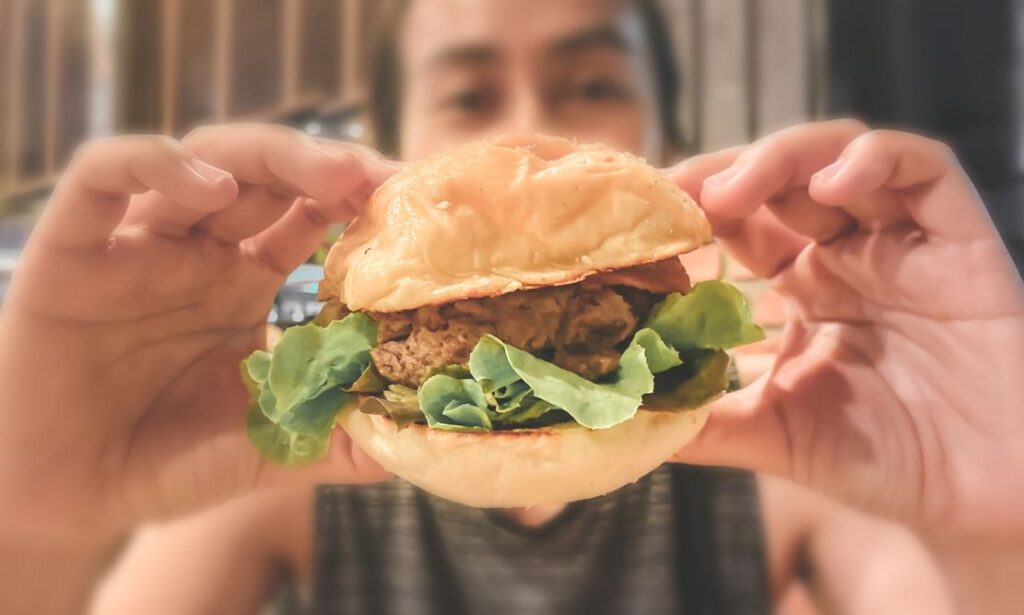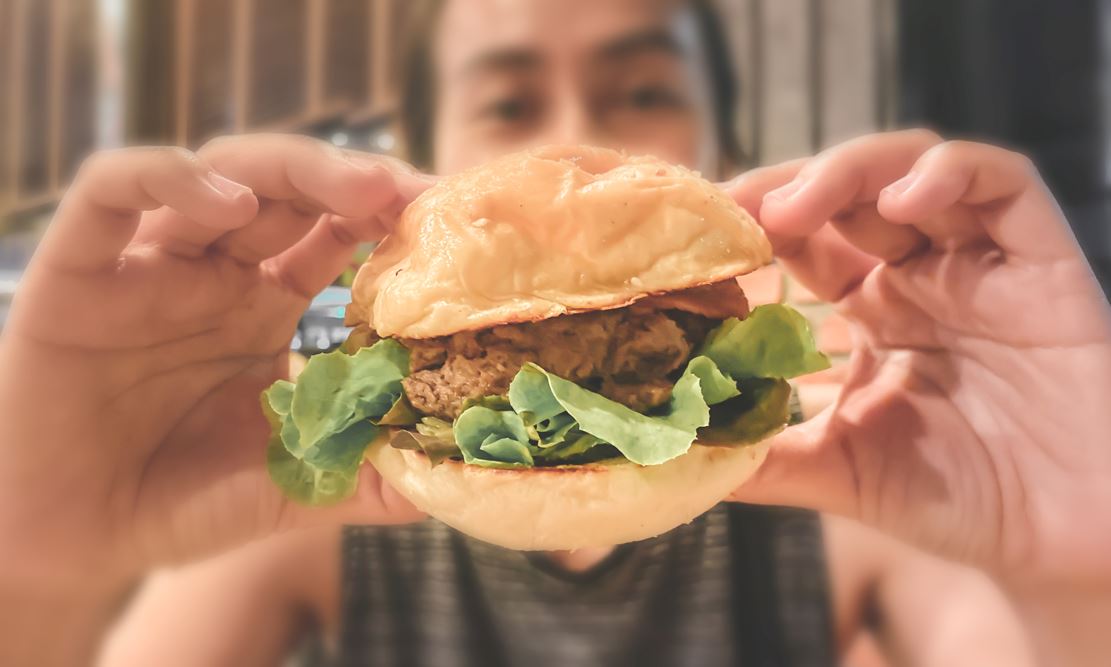
Do you have high cholesterol? If so, don’t worry – you’re not alone. In fact, according to the Centers for Disease Control and Prevention (CDC), about 73 million American adults have high cholesterol. Cholesterol is a type of lipid or fat that is found in your blood. Too much cholesterol can increase your risk of heart disease and other health problems. Fortunately, there are many things you can do to manage or get rid of high cholesterol. In this blog post, we will discuss nine ways to help in lowering cholesterol!
Scale back to lower your cholesterol
One of the best ways to lower cholesterol naturally is by scaling back on your intake. This means eating fewer fatty foods and processed foods, and opting for more fruits, vegetables, and whole grains. You don’t have to give up all of your favorite foods, but try to make healthier choices most of the time. And remember to enjoy treats in moderation!
Get more soluble fiber with whole-grain bread, kidney beans, quinoa and more to help lower cholsterol
These foods help to lower cholesterol naturally and have heart healthy benefits. Adding more soluble fiber to your diet is a great way to lower your cholesterol. Foods that are high in soluble fiber include oats, barley, beans, lentils, apples and citrus fruits. Eating a variety of these foods every day can help to improve your cholesterol levels and reduce your risk for heart disease.
You can also get soluble fiber from supplements like psyllium husk or glucomannan. However, it’s best to get your fiber from food whenever possible. Not only does this provide other health benefits, but it’s also generally cheaper and easier than taking supplements.
Finally, be sure to drink plenty of water each day. Staying hydrated helps the body to absorb soluble fiber from food sources. It also helps to keep your digestive system functioning properly. Drinking at least eight glasses of water per day is recommended for good health.
Embracing low-fat milk, cheese and yogurts may help lower high cholesterol
There’s no need to banish full fat dairy products from your diet if you have cholesterol concerns. In fact, some research suggests that consuming moderate amounts of certain high-fat dairy foods may actually help improve cholesterol levels. However, it’s still a good idea to choose low-fat or nonfat dairy most of the time. That’s because these products tend to be lower in calories and saturated fat than their full-fat counterparts.
How much saturated fat is ok?
If you’re like most people, you probably consume more than enough saturated fat each day. In fact, the average American eats about 13 percent of his or her daily calories in the form of saturated fat. That’s way too much! Experts recommend limiting saturated fat less than seven percent of daily calories.
So if you’re looking to improve your cholesterol levels, it’s a good idea to replace some of the high-fat dairy in your diet with low-fat or nonfat versions. You can do this by making simple substitutions at mealtimes or by choosing lower-fat dairy products when you shop. Low-fat and nonfat milk, cheese and yogurts are available in most supermarkets and convenience stores. And they taste great, too! Give them a try today.
To boost unsaturated fats and fiber, snack on avocados, strawberries, peas or walnuts
Avocados are a great source of monounsaturated fatty acids, which can help lower cholesterol. Strawberries are also a good source of fiber and polyphenols, which can improve heart health. Peas are high in fiber and antioxidants, while walnuts are a good source of omega-three fatty acids. All of these foods can help improve your cholesterol levels and promote heart health. Try incorporating them into your diet to see the benefits for yourself!
Try having one vegetarian meal every week
Some studies show that one vegetarian meal a week will help lower cholesterol. There are many different types of vegetarian meals, so you can find one that you like and that is healthy for you. Vegetarian meals often include whole grains, fruits, and vegetables, which are all good for your health. You may also want to try some meat substitutes, such as tofu or tempeh. These foods can be a great way to get the nutrients you need without eating meat. If you’re not sure how to cook these foods, there are plenty of recipes online that can help. Try out a few different recipes until you find one that you really enjoy. Having at least one vegetarian meal every week is a great way to improve your health and reduce your cholesterol!

Substitute healthy oils in place of butter and margarine
Olive oil, canola oil, and other vegetable oils are cholesterol-free and low in saturated fat. They also contain monounsaturated fats, which may help lower bad cholesterol levels when used instead of butter or margarine. These healthy oils have a mild flavor that’s perfect for baking and sautéing. Plus, they’re a good source of vitamin E.
Use olive oil or another healthy oil to:
- Bake cakes, cookies, and pies
- Fry eggs and potatoes
- Sauté vegetables
- Make salad dressings
When cooking with healthy oils, remember to use moderate heat and avoid high temperatures. This will help preserve the health benefits of the oil.
Choose meats with fewer saturated fats like fish or chicken
Saturated fats are found in high levels in red meats and can raise cholesterol levels. Cholesterol is a type of fat that is carried in the blood. Too much cholesterol can cause heart disease. Fish and chicken have lower levels of saturated fats than red meats, so they are healthier choices for your heart.
How to choose the best meat
When you are choosing meat, think about how much saturated fat it has. Some cuts of beef, pork, or lamb have more saturated fat than others. Try to choose fish or chicken instead of red meat whenever you can. Fish like salmon or trout are high in omega-three fatty acids, which are good for your heart health. Chicken also has many benefits, including being a low-calorie source of protein. So consider enjoying the chicken or fish at your next meal!
Read those nutrition labels to avoid trans fat
The Food and Drug Administration (FDA) has determined that trans fats are not “generally recognized as safe” (GRAS), meaning they pose a health risk. In fact, the American Heart Association (AHA) recommends avoiding all sources of artificial trans fats.
Trans fatty acids (trans fat) are formed when vegetable oils are hydrogenated to make them more solid. This process makes foods like margarine, shortening, and some spreads healthier-looking and longer lasting on the shelf. But it also creates harmful chemicals that can increase your bad cholesterol levels and lower your good cholesterol levels, which can lead to heart disease.
You might be surprised to learn that many processed foods contain trans fats. Foods like cookies, crackers, pies, pastries, and frozen pizzas are often loaded with them. Even some brands of peanut butter contain trans fats.
The best way to avoid trans fat is to read the nutrition labels on food packages. Look for “hydrogenated” or “partially hydrogenated” oils in the ingredients list. If these words are listed, the food contains trans fats which are sometimes listed on food labels as “partially hydrogenated vegetable oil.”
Fortunately, many food manufacturers have started removing trans fat (bad fats) from their products in response to health concerns. But it’s still important to check the labels every time you buy something new.
So next time you go grocery shopping, be sure to read those nutrition labels carefully! Avoiding artificial trans fat is a great way to reduce your high cholesterol.
Work in some more movement to your daily tasks
You don’t have to go to the gym to lower cholesterol. Taking a brisk walk during your lunch break or going for a light jog are both good forms of moderate physical activity to get your heart rate up. If you can, try and work in some physical activity every day – even if it’s just taking the stairs instead of the elevator. Making small changes like this will help improve your overall health in the long run and could also help lose weight.
What about a fitness class?
If you’re looking for more ways to get active, consider signing up for a fitness class or trying out an at-home workout routine. There are plenty of options out there that can fit into any schedule, so find something that works best for you and stick with it! In no time, you’ll see a difference in your cholesterol levels – and in how you feel.
Take your time
Start slowly and gradually increase the intensity of your workouts as you become more comfortable. Remember to warm up before each session and cool down afterwards. And most importantly, have fun! Getting active can be a great way to relieve stress and meet new people, so enjoy the process and don’t get too bogged down by numbers or goals. Just focus on moving your body and feeling good, and the rest will fall into place.
Before starting any new fitness routine, be sure to check with your doctor first – especially if you have any existing health conditions. Once you get the green light, it’s time to start getting moving!
By focusing on healthy living there are plenty of things you can do every day to help lower your cholesterol levels. By making small changes to your diet and lifestyle, you can see a big difference in your overall health. So make some positive changes today and start seeing the benefits!

